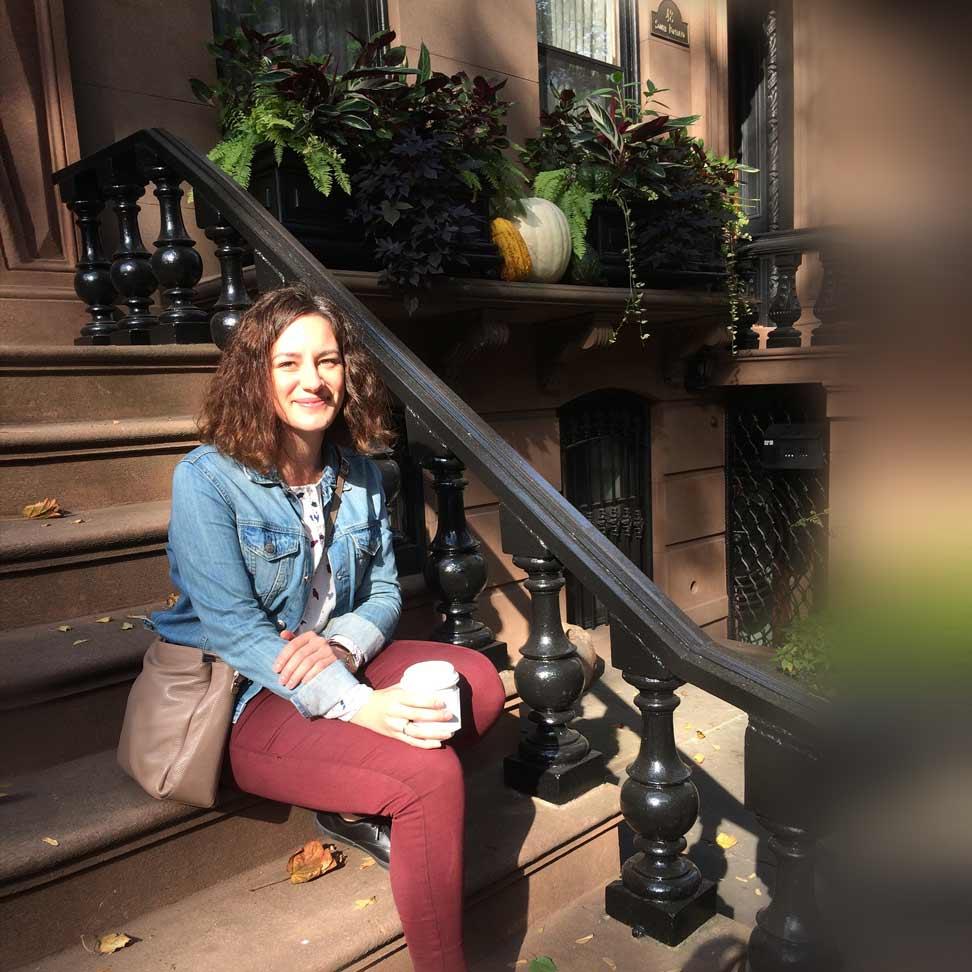A weekend spent traversing through Berlin’s eventful past can be an exhausting one to say the least. This is a city with a number of stories to tell: each district has a different personality, background, colour and vibe. And, as this is a capital that welcomes strangers with open arms, its intermingling nationalities have created different tastes within the districts, too.
Discover six Berlin neighbourhoods and learn how their largest immigration groups have influenced the local food culture, and pocket some hot tips for your dining pleasure. Guten Appetit!
Around the world – Friedrichshain
Pulsating life of Friedrichshain
The former East German district of Friedrichshain has changed dramatically over the years. One of Berlin’s most affected areas during the Second World War, Friedrichshain is now the city’s bohemian hub, a beautiful yet unpolished space that embraces change and progression. Punks, techno-heads and artists from across the world live alongside huge media corporations and Soviet architecture, creating a melting pot of cultures felt across all facets of everyday life.
The Black Sea breakfast at Datscha Café Bar is a fish-lover’s dream © GRI SHA
For locals, one of the significant perks of the area’s gentrification is the wealth of gourmet options available. Reflective of the city’s largest immigration groups, in Friedrichshain there’s something for everyone. If you fancy sampling native food from Berlin’s 300 thousand-strong Russian-speaking population, try Datscha Café Bar where you can stuff yourself silly on hearty soups, kievs and Sunday brunch plates. Or, if you fancy a quick trip to Sudan, grab yourself a “Tamiya mit halloumi” from Nil and allow its peanut-sauce smothered goodness to transport you there.
Dumplings and dough balls – Prenzlauer Berg
In spite of heavy gentrification, Prenzlauer Berg’s gritty past is still visible on the buildings’ facades
The name Prenzlauer Berg is a title that carries rather picturesque connotations, and luckily for the area, these are more than backed up by its aesthetics. This is undoubtedly one of Berlin’s lushest neighbourhoods. Boasting leafy cobbled boulevards, 300 protected properties and a wealth of stylish stores and hangouts, it’s easy to forget that its up-market facade hides a far less conformist past.
Once a squatters’ paradise, Prenzlauer Berg was renowned for its empty buildings, anarchist collectives and soup kitchens. Its spirit lead the area to become an important site for the peaceful revolution that sparked the fall of the Berlin Wall in 1989. 27 years on, this is no longer the site of revolt. Affluent parents pushing baby strollers have replaced the rebels, high-class condos have filled the vacant lots and trendy eateries stand where soup kitchens once were.
Heavenly Naples-style pizza at the Standard © Standard
What that means though, is that there are plenty of places to rest your feet and feed your soul as you venture through the neighbourhood’s past. For exceptional and traditional dumplings, do like a local and go to Wok Show — an unpretentious Chinese restaurant that’ll serve you more steamed parcels than you can shake a stick at, for a ridiculously low price. Or, if you’re in the mood to try one of the best pizzas in the city – and why wouldn’t you be? – head to Standard, where even the crusts are delicious.
Little Istanbul – Kreuzberg and Neukölln
It’s impossible to venture through Kreuzberg without noticing the dominance of the Turkish community. Turks came here through the country’s “guest worker program” and helped rebuild the city after the Second World War. Most of them flocked to Kreuzberg for various reasons: the rent on flats was capped, living was cheap and, contained within a cement Berlin Wall bubble, they were able to transfer their culture to a pocket of the city.
Treat yourself to some yummy Turkish treats at Kreuzberg’s own Turkish Market
There are now a quarter-million Turks residing in Berlin and a stroll through Kreuzberg and its neighbouring district, Neukölln, will highlight the countries’ connections. Every week, the Turkish Market (Tuesdays and Fridays, 11am – 6:30pm) brings the Landwehr Canal to life with a rainbow of stalls selling everything from fabric and handbags, to sizzling koftas and baklava dripping in honey.
Of course, while you’re in the area it would be a crime to pass by the many grills and kebab houses without sampling what’s on offer. For the works, head to Doyum by Kottbusser Tor for their outstanding ‘Adana Kebab’, or migrate towards the lamb chops at Adana Grill by Görlitzer Bahnhof. Whichever you choose, your stomach is guaranteed to leave smiling.
Kanton kingdom – Charlottenburg
Few can resist XCC 369’s Wontons in chilli oil © miss_yasmina
Once its own city, Charlottenburg is Berlin’s commercial center of the West and boasts a wealth of major attractions. From Charlottenburg Palace, the Kaiser Wilhelm Memorial Church and the Deutsche Oper, to huge shopping boulevards and the Berlin Zoological Garden, there’s enough to keep you busy.
However, for those looking for different, more local experiences, Kantstrasse – home of Berlin’s China Town – is home to some of the best Asian eateries in town. Berlin’s relationship with China dates back to the 1800s, when the first wave of Chinese immigrants came to the city, followed by a large number of foreign exchange students in the 1920s. It’s in Kantstrasse – dubbed “Kantonstrasse” in reference to the Guangdong province – where their influence is most visible.
Like most China Towns though, the selection can be somewhat overwhelming and it’s not always a good idea to pick a spot on a whim. For those not afraid of spice, try Selig and opt for the ‘Gebratene Reisbandnudeln’ – comforting hand-pulled noodles in a delicious beef broth. Or, for excellent crispy Peking Duck try Good Friends – these guys don’t have a reputation for being the best Cantonese restaurant in the city for no reason. Budget-friendly XCC 369 serves generous portions of Sichuan-style dishes in a rather small space; but don’t let that get in the way – you’ll leave this place full and ready to walk the city.
Secret treasures – Schöneberg
The bibimbap at IXTHYS is just one of the reasons why locals flock here © holger
Although quiet, leafy Schöneberg is far from being Berlin’s most popular district, there are a number of reasons why you will have heard of it. Its town hall hosted J. F. Kennedy and his infamous “Ich bin ein Berliner” speech back in 1963. Additionally, it’s welcomed countless famous faces over the years, from Albert Einstein to David Bowie. And, last but not least, the area provided inspiration for the book and subsequent movie Cabaret, as it was a thriving gay center back in the 1920s and 1930s.
What the area is not so well-known for though, is its food culture, but that is more than OK by us. It means that some of our favourite eateries remain as hidden gems, so you rarely have to wait for a table. Like, for example, the Korean Imbiss (street food shop, usually tiny and locally run) IXTHYS – beloved not only for its A+ bibimbap, but also for its truly strange decor. Not shying away from their religious alignment, this small deli’s walls are lined – from floor to ceiling – with German bible quotes.
Martha’s is the new kid on the block © Martha’s Restaurant & Bar
Unlike every other recommendation on this list, innovative eatery Martha’s is where traditional German cuisine morphs into beautiful dishes employing elements from Asia and the Mediterranean. Championed by Michelin-trained chef, Manuel Schmuck, this is by far the most expensive restaurant on the list, but Martha’s ambition paired with the quality of service make this place a must-visit for locals and tourists alike.


